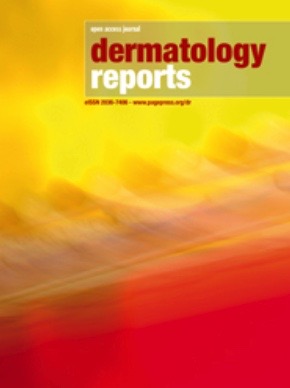Analysis of Historical Health Initiatives and Alignment with Sustainable Development Goals
The 1971 “War on Cancer”: A Precedent for Global Health Action
In 1971, United States President Richard Nixon formally initiated a campaign described as the “war on cancer.” This declaration represented a significant mobilization of government resources toward a singular public health objective. The initiative was launched with considerable optimism, drawing parallels to the recent success of the Apollo space program, which had demonstrated the potential of large-scale, government-backed scientific endeavors. Consequently, initial expectations within the medical and scientific communities were high, with some anticipating the development of a cure for cancer within a few years.
Relevance to Sustainable Development Goal 3: Good Health and Well-being
This historical campaign serves as an important precedent for contemporary global health frameworks, particularly the United Nations Sustainable Development Goals (SDGs). The effort to combat cancer directly correlates with the objectives outlined in SDG 3, which aims to ensure healthy lives and promote well-being for all at all ages. The “war on cancer” can be viewed as an early, large-scale attempt to address a major non-communicable disease (NCD), a core focus of modern global health policy.
- SDG Target 3.4: The initiative’s primary goal of eradicating cancer is in direct alignment with Target 3.4, which seeks to reduce by one-third premature mortality from non-communicable diseases through prevention and treatment. Cancer remains one of the leading NCDs targeted by this goal.
- SDG Target 3.b: The significant investment in research and development under the “war on cancer” mirrors the principles of Target 3.b, which calls for supporting R&D of medicines and vaccines for diseases affecting humanity. This highlights the critical role of scientific innovation in achieving global health security.
- SDG Target 3.8: The pursuit of a cure and effective treatments for cancer is fundamental to achieving Target 3.8, which advocates for universal health coverage, including access to quality essential health-care services and affordable essential medicines.
Analysis of the Article in Relation to Sustainable Development Goals
1. Which SDGs are addressed or connected to the issues highlighted in the article?
-
SDG 3: Good Health and Well-being
The article’s central theme is the “war on cancer” and the pursuit of a “cure for cancer.” This directly aligns with SDG 3, which aims to ensure healthy lives and promote well-being for all at all ages. The effort to combat a major disease like cancer is a core component of this goal.
2. What specific targets under those SDGs can be identified based on the article’s content?
-
Target 3.4: Reduce by one-third premature mortality from non-communicable diseases through prevention and treatment.
Cancer is a primary non-communicable disease (NCD). The article’s reference to a “war on cancer” and the hope for a “cure” directly corresponds to the “treatment” aspect of this target. The ultimate goal of such an initiative is to reduce mortality from the disease, which is the explicit aim of Target 3.4.
3. Are there any indicators mentioned or implied in the article that can be used to measure progress towards the identified targets?
-
Indicator 3.4.1: Mortality rate attributed to cardiovascular disease, cancer, diabetes or chronic respiratory disease.
The article does not explicitly state this indicator. However, it is strongly implied. The success of a “war on cancer” or the effectiveness of a “cure” would be measured by the reduction in the number of deaths caused by cancer. Therefore, the mortality rate from cancer is the implicit metric for assessing progress on the issue discussed in the article.
4. Table of SDGs, Targets, and Indicators
| SDGs | Targets | Indicators |
|---|---|---|
| SDG 3: Good Health and Well-being | Target 3.4: By 2030, reduce by one-third premature mortality from non-communicable diseases through prevention and treatment and promote mental health and well-being. | Indicator 3.4.1: Mortality rate attributed to cardiovascular disease, cancer, diabetes or chronic respiratory disease. (Implied by the article’s focus on a “war on cancer” and the search for a “cure”). |
Source: economist.com







